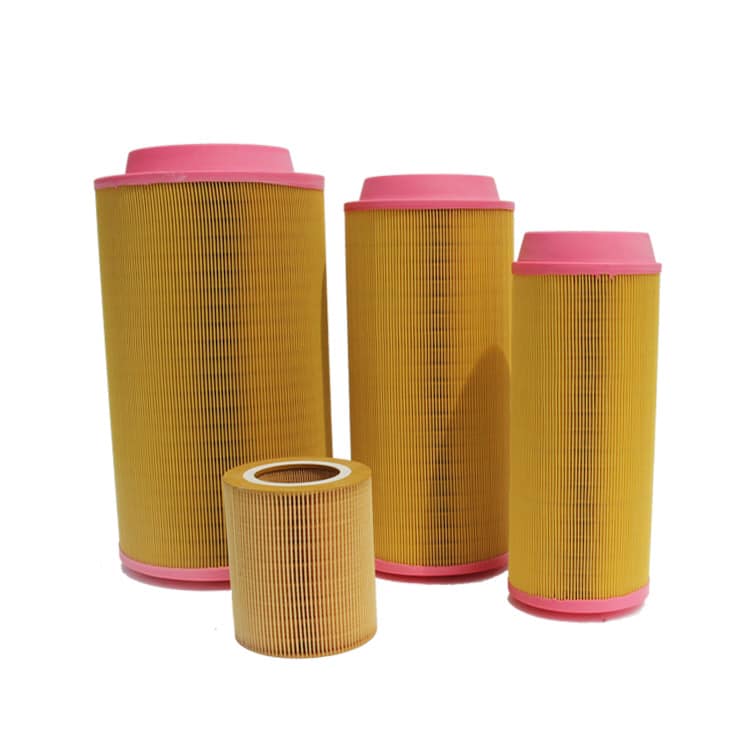Take you to understand lubricating oil and grease in 1 minute
Take you to understand lubricating oil and grease
what is lubricant
Lubricating oil usually consists of base oil and additives. Among them, the base oil accounts for 75-95%, which determines the basic properties of the lubricating oil; the additive accounts for 5-25%, which is used to make up for and improve the performance of the base oil, or to give some new characteristics.
what is grease
Grease is a thick, greasy semi-solid. Used between mechanical friction parts, it mainly plays the role of lubrication and sealing, and also has the function of filling the gap and preventing rust. It is mainly prepared from base oil, additives and thickeners.
The difference between grease and oil
Greases are often used in scenarios such as heavy loads or shock loads. Bearings are the application points with the largest amount of grease, and more than 80% of rolling bearings and more than 20% of sliding bearings are lubricated with grease.
Widely used in various mechanical friction pairs to lubricate, clean, cool, seal and prevent rust. Commonly found in hydraulic systems, gear drives, compressors, turbines, etc.
lubricating oil
✓ Better cooling performance
✓ Less internal frictional resistance
✓ Oil supply and change is more convenient than grease
grease
✓ Good adhesion, not easy to lose. Effective lubrication can still be maintained after shutdown
✓ There is no need for a complete lubrication system such as oil pumps, coolers, filters, etc. Save design and maintenance costs
✓ Evaporation rate is lower than lubricating oil of the same viscosity. It is more ideal for high temperature and long cycle
✓ Good bearing capacity, with damping effect. Suitable for heavy and shock loads
✓ Small amount of lubrication is required. Save lubrication cost, save energy and reduce consumption
✓ Forms a lipo ring with a sealing effect. Protects against contamination ingress, facilitating use in wet and dusty environments



